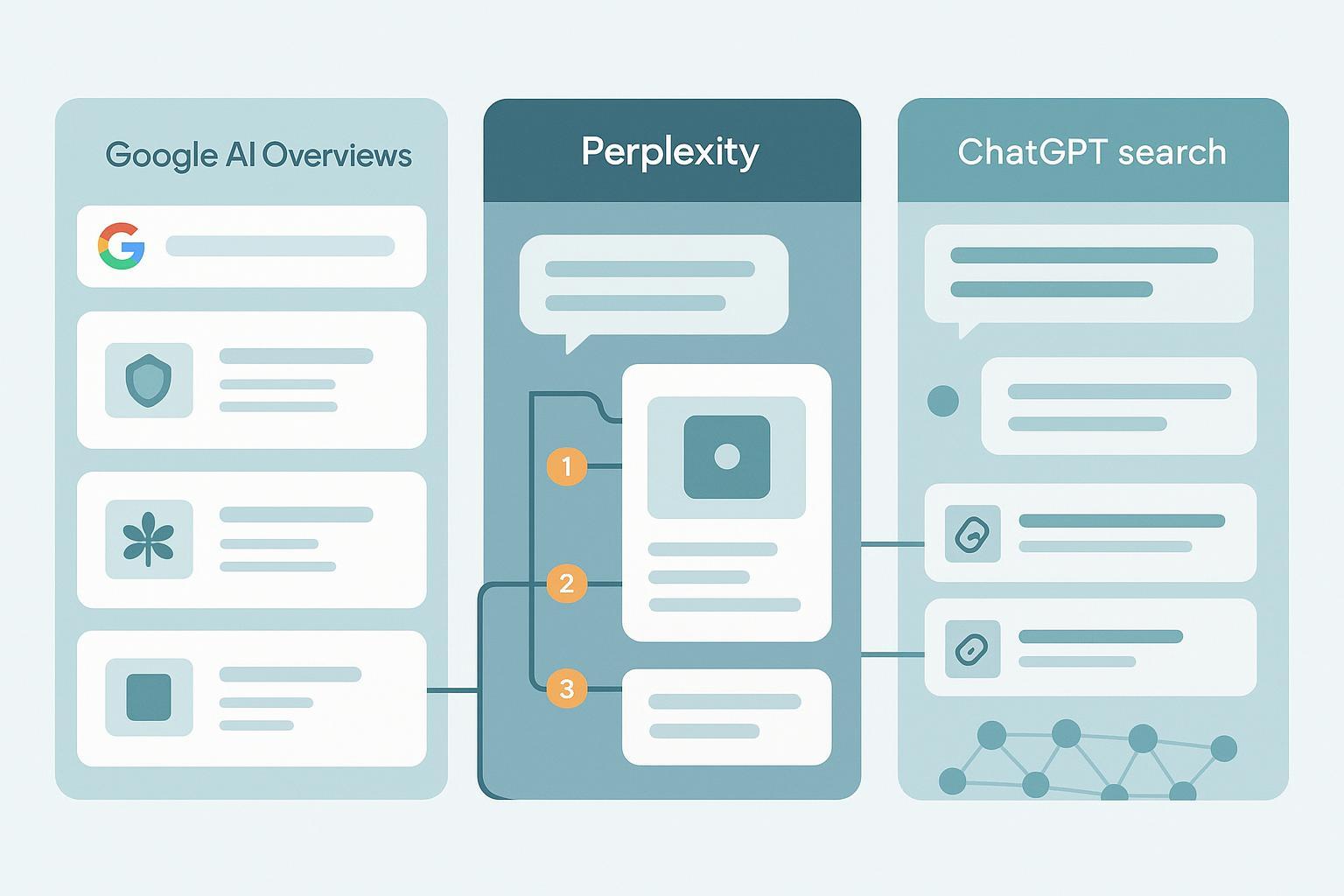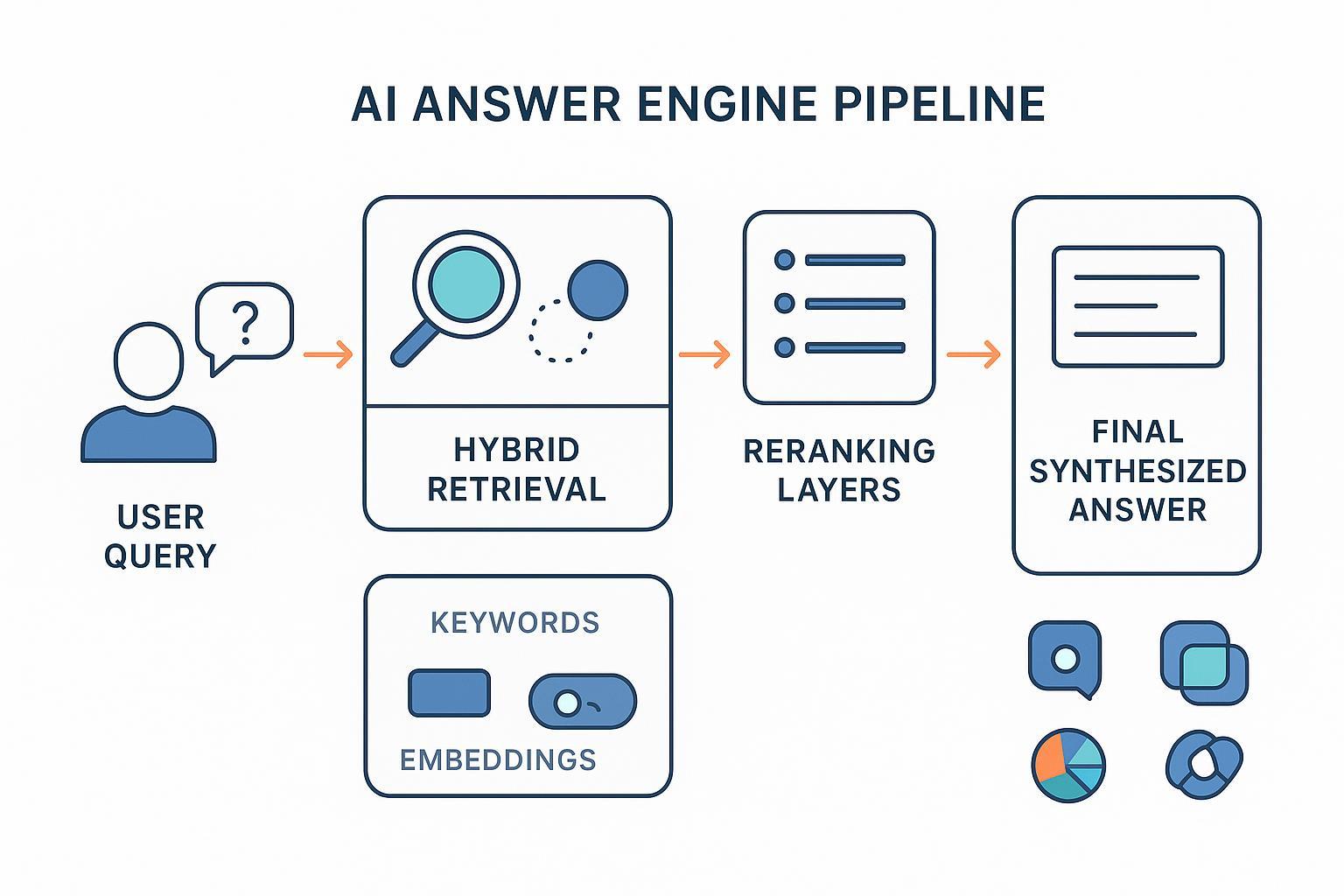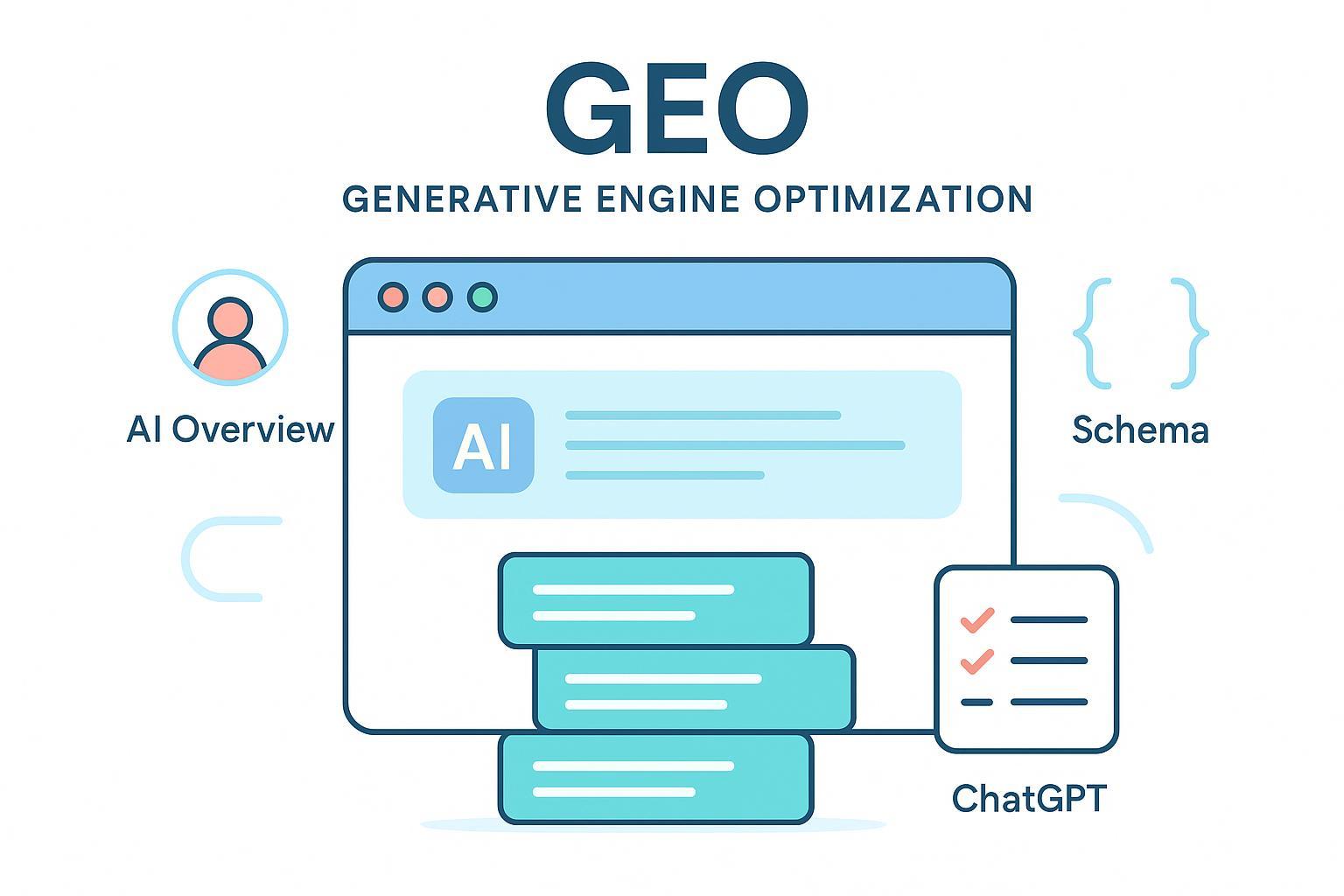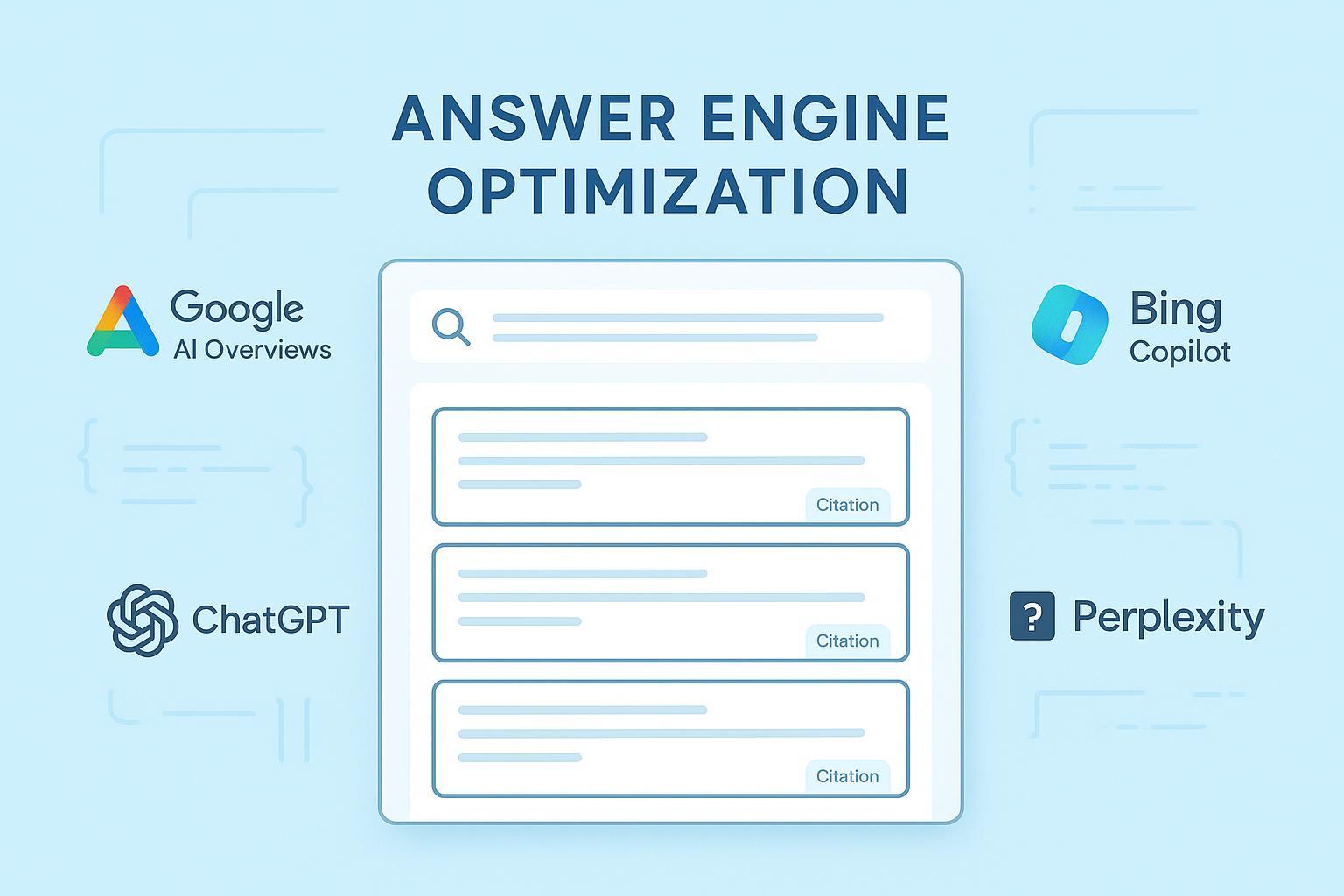AI Search & Customer Journey Mapping Best Practices (2025)
Discover proven strategies for aligning brand content with AI-powered search interactions—across Google AI Overviews, Perplexity, and ChatGPT—in every customer journey stage. Learn how Geneo enables real-time monitoring and optimization. Updated for 2025.

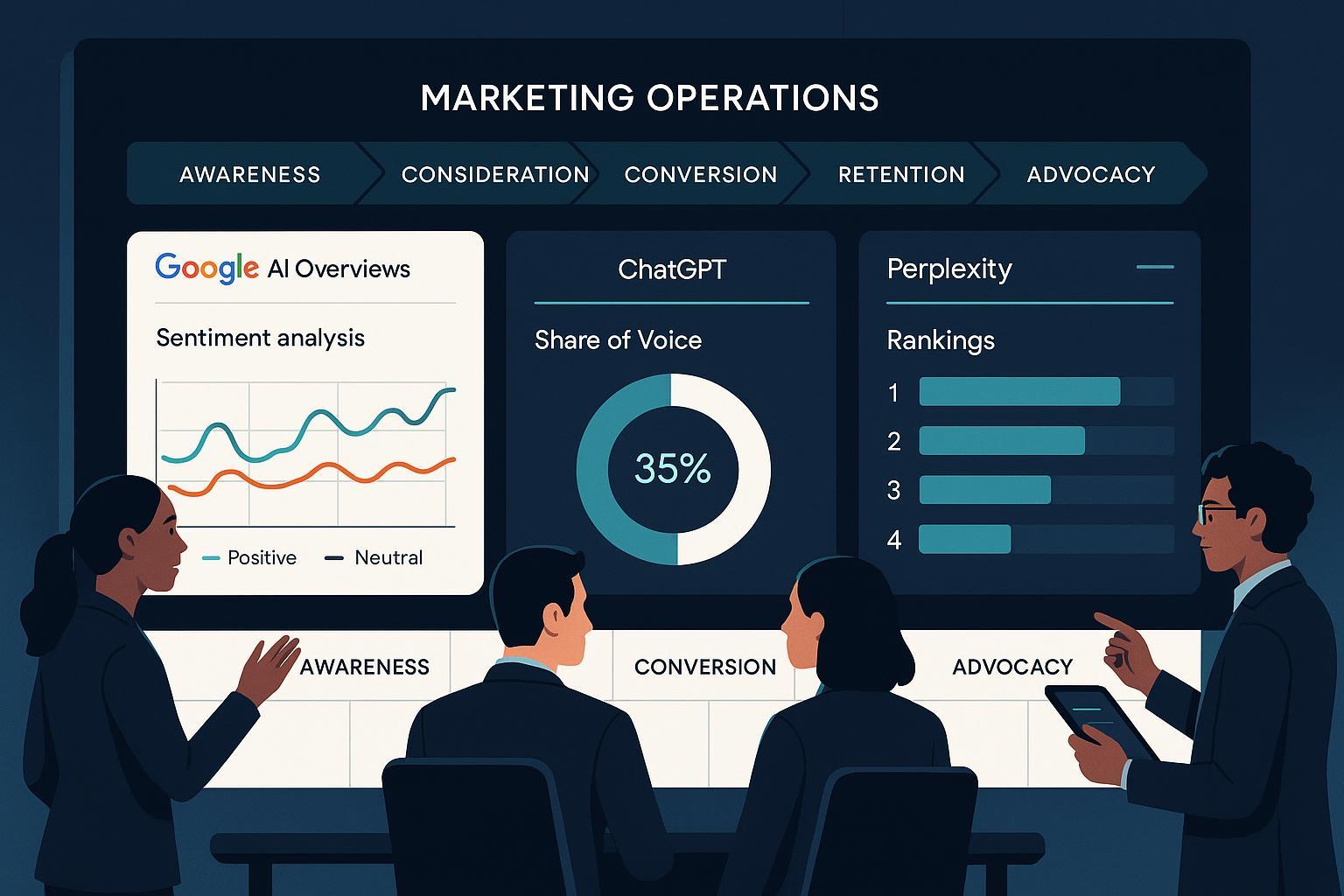
If you still treat AI search as a side channel, you’re already behind. In 2025, Google’s AI Overviews (AIO) appear on roughly one in eight searches, skewing heavily informational, with an average of about five cited sources per answer, according to the Semrush AI Overviews study (2025). See the prevalence and linking behavior detailed in the Semrush 2025 AI Overviews study. Independent cohorts have documented notable CTR shifts when AIO is present; for example, Seer Interactive’s 2024–2025 analysis reported organic CTR falling from 1.41% to 0.64% YoY on ~10k informational keywords when AIO appeared, while presence inside AIO was associated with higher paid and organic CTRs. Review the breakdown via Search Engine Land’s coverage of the Seer Interactive study (2025). Ahrefs’ large-scale analysis found material CTR drops for traditional listings when AIO is present; see details in Ahrefs’ AI Overviews analysis (2025).
At the same time, Google reports that AIO helps users explore a more diverse set of websites and that links in AI answers get meaningful engagement. See Google’s description of behavior and design principles in Google’s May 2024 and May 2025 updates on AI in Search. Both realities can be true: AI surfaces new, high-quality clicks while compressing traditional SERP CTR. The strategic takeaway is simple—treat AI answers as first-class touchpoints in your customer journey, and optimize deliberately for them.
What follows is a practice-first playbook I’ve used with marketing and CX teams to align content and operations with AI-driven interactions, supported by real-world platform guidance and measurable KPIs. Geneo, an AI search visibility platform, features throughout as the monitoring and feedback backbone across ChatGPT, Perplexity, and Google AIO.
1) Frame the Opportunity Clearly (Why 2025 Is Different)
- AIO scale and intent: Google expanded AIO globally in 2025 across 40+ languages and emphasizes helpful links in complex queries—see the rollout notes in Google’s May 2025 AI Overviews expansion update.
- Platform behavior differences: Perplexity presents direct answers with inline citations and favors authoritative, fresh sources; studies show strong overlap with Google’s top results, which helps unify efforts. See overlap stats in the Semrush AI mode comparison study (2025) and the answer engine analysis in Search Engine Land’s 2024–2025 study.
- ChatGPT research usage is rising, with new Deep Research capabilities that deliver multi-step, citation-rich findings—see OpenAI’s “Introducing Deep Research” (2025). While OpenAI offers no formal “how to get cited” guidance, the consistent pattern is that accessible, authoritative, well-structured content is most likely to be referenced.
- Technical foundations remain: There’s no special markup to “opt in” to AIO; stick to quality and structured data that help machines understand your content. Confirm guidance in Google Search Central’s AI features documentation (2025) and the Structured data introduction (Search Central).
Implication: GEO (Generative Engine Optimization) isn’t replacing SEO—it’s the AI-facing evolution of it. You’ll win by mapping AI queries to journey stages, structuring content for extractability, and monitoring visibility and sentiment across platforms.
2) A Journey-First GEO Framework: What To Publish at Each Stage
Below is the framework I’ve found most reliable. It ties AI search intents to content types, evidence patterns, and instrumentation. Apply pragmatically—don’t try to boil the ocean on day one.
-
Awareness: “What is…”, “how does… work”, “alternatives to…”, top-of-category learning
- Content: Clear definitions, one-page primers, visual explainers, concise glossaries, updated annually or faster for volatile topics.
- GEO actions:
- Structure for extractability: short paragraphs, bullets, scannable H2/H3s, and a succinct summary up top.
- Add FAQPage/Article schema; cite primary sources and standards bodies.
- Publish third-party validations (awards, reviews) that AIs can cite. Backed by GEO guides such as Backlinko’s GEO guide (2025).
- Instrumentation: Track AI citation share of voice (SoV) by concept; monitor sentiment of brand mentions.
-
Consideration: “best [category] for…”, “top tools…”, comparison frameworks, buyer guides
- Content: Explicit, criteria-driven comparisons, transparent pros/cons, and buyer’s checklists. Use HowTo/ItemList schema where appropriate.
- GEO actions:
- Include tables, specs, and verifiable claims with citations.
- Provide Q&A sections that answer adjacent queries AIs often bundle.
- Ensure fast page performance and server-side rendered key content for crawler reliability (a common technical GEO need per Search Engine Land’s technical GEO guidance (2025)).
- Instrumentation: Track presence in AI “best of” answers; watch competitor share and sentiment shifts.
-
Conversion: “[brand] vs [competitor]”, pricing, implementation details, ROI calculators
- Content: Honest comparison pages, pricing FAQs, deployment timelines, security/compliance pages, customer proof.
- GEO actions:
- Mark up Product/Service, Organization, Review/AggregateRating; include author credentials for E‑E‑A‑T.
- Showcase case studies with dates and named customers where permitted; link to canonical sources.
- Instrumentation: Attribute assisted conversions from AI-sourced sessions; compare conversion rates vs baseline organic.
-
Retention: “How to use [product]”, troubleshooting, integrations
- Content: Step-by-step guides, video walkthroughs, integration docs, structured troubleshooting FAQs.
- GEO actions:
- Use HowTo and VideoObject schema; include concise solution snippets and screenshots.
- Keep docs fresh; Perplexity favors recency and detailed originals—consistent with its API and citation transparency updates (see Perplexity docs changelog, Apr 2025).
- Instrumentation: Measure reduction in support tickets and increased self-serve success from AI-sourced visits.
-
Advocacy: “Is [brand] legit?”, credibility checks, community stories
- Content: Editorial policy, security posture, compliance attestations, community spotlights, UGC roundups.
- GEO actions:
- Highlight third-party trust signals and media coverage; ensure Organization schema with sameAs links.
- Publish transparent responses to criticisms; AIs pick up balanced, well-sourced narratives.
- Instrumentation: Track sentiment movement and inclusion in “is it good/legit” responses on AI platforms.
Trade-offs to manage:
- Overly salesy content gets ignored by AI systems seeking neutral, evidence-backed answers.
- Excessive client-side rendering can hinder crawlers; prefer SSR/hydration for primary content.
- Updating too infrequently leads to loss of inclusion for volatile queries.
3) Measurement: KPIs That Tie AI Search to the Journey
Adopt a compact KPI set that your org can actually maintain. Below are the ones that consistently produce signal.
- AI citation share of voice (SoV): Percent of AI answers in your topic set that cite your brand/domain, by platform. Rationale: AIO shows ~5 sources per answer on average, and 52% overlap with top organic—see the Semrush 2025 AIO study.
- AI ranking presence by platform: Percent of tracked queries where you appear in AI citations or are named in answers; benchmark vs competitors.
- Referral click quality from AI answers: Sessions from AI-linked clicks (AIO, Perplexity), with bounce rate, pages/session, and conversion rate vs organic baseline. SEL/Seer data suggests CTR declines on classic lists but qualified clicks from AIO presence; see Search Engine Land’s 2025 CTR analysis.
- Sentiment movement (journey stage): Average sentiment of brand mentions in AI answers, trended monthly; flag negative shifts.
- Assisted conversions from AI-sourced sessions: Attribute via tagged referrers/UTMs and multi-touch models; compare to organic baseline. McKinsey’s broader AI impact and attribution guidance is captured in McKinsey’s State of AI resources (2024–2025).
- Freshness cadence: Percent of cornerstone pages updated within agreed windows (30/60/90 days) for dynamic topics; correlate with AI SoV changes. Supports Perplexity’s freshness bias noted in the Perplexity documentation updates (2025).
- Evidence density: Average number of authoritative citations and structured elements per key page; aligns with GEO guidance such as Backlinko’s 2025 GEO playbook.
Implementation tips:
- Tag AI referrals: In GA4/Adobe, create channel groupings for AI sources (e.g., “google.com with AIO parameterized pages,” “perplexity.ai,” “chat.openai.com via shared links”), and use UTMs in your own AI-distributed links.
- Build a competitor panel: Track 3–5 main competitors’ presence/sentiment in the same topic set for realistic benchmarking.
4) The Operating Model: A 30–60–90-Day Iteration Loop
This is the cadence I recommend for most teams. It balances speed with governance.
-
Day 0 setup
- Define 3–5 journeys that matter (e.g., New buyer SMB, Enterprise upgrade, Self-serve trial, Agency partner).
- For each stage, list top 10–20 intents and map live content. Note gaps.
- Instrument KPIs and baselines; set alerts for sentiment drops or loss of AI citations.
-
Days 1–30: Stabilize foundations
- Fix crawlability/indexation and SSR for key pages.
- Publish/update cornerstone Awareness and Consideration pages with schema and citations.
- Start monitoring AI SoV and sentiment across platforms.
-
Days 31–60: Expand and connect
- Ship Conversion assets (comparisons, pricing FAQs, case studies) with Review/AggregateRating where eligible.
- Build Retention guides and HowTos; add VideoObject schema for top tasks.
- Launch internal “evidence drives”: add data, quotes, and external validations to thin pages.
-
Days 61–90: Optimize and govern
- Review KPI movements; prioritize topics where AI SoV is low or sentiment is slipping.
- Run content experiments (titles, summaries, FAQs) and test recency updates for Perplexity inclusion.
- Establish a quarterly governance board for risk reviews (accuracy, hallucinations, brand safety) and platform-specific learnings.
Failure modes to avoid:
- Over-automation: Always keep human review of AI-facing summaries and facts; Forrester’s CJ orchestration research emphasizes combining emotion metrics with effectiveness, not replacing judgment—see Forrester’s CJ orchestration Wave, Q2 2024.
- Siloed optimization: Unify SEO, content, social, PR, and CX around shared journeys and KPIs; Forrester recommends a “journey atlas” to coordinate at scale—outlined in Forrester’s guidance on journey atlases (2024–2025).
5) Using Geneo as the Feedback Backbone
Geneo is designed for AI search visibility across ChatGPT, Perplexity, and Google AIO. In practice, here’s how teams use it to close the loop between content and the journey:
-
Journey-stage visibility tracking
- Define intent clusters by stage (e.g., Awareness: “what is [category]”, Consideration: “best [category] for [use case]”, Conversion: “[brand] vs [competitor]”).
- In Geneo, monitor AI citation SoV, cross-platform ranking presence, and link prominence in answers. Use historical comparisons to see impacts of content updates over time.
-
Rapid sentiment response
- Set alerts for negative sentiment or lost inclusion on priority queries. When triggered, update pages with clearer definitions, FAQs, and stronger evidence; add or refine schema. Publish third-party validations and request factual corrections where applicable.
-
Multi-brand and team collaboration
- Agencies and portfolio marketers use Geneo’s multi-brand management to benchmark visibility and sentiment, then prioritize remediation where intent is high but sentiment/SoV lag.
-
Campaign launch monitoring
- During launches, watch if AIO and Perplexity cite the announcement page and whether ChatGPT reflects your positioning. Iterate messaging and structured data quickly based on Geneo’s visibility and sentiment trends.
Note: Public, quantified Geneo case studies weren’t available in our research set; the scenarios above reflect common workflows aligned to Geneo’s stated capabilities.
6) Mini Case Scenario (Process, Not Fabricated Metrics)
A B2B SaaS brand enters Q1 with weak inclusion in AI answers for its category. The team:
- Maps top intents by journey stage and finds thin Awareness content and no honest comparison pages.
- Updates primers with concise definitions, adds FAQPage and Article schema, and cites primary standards and 2024–2025 industry studies.
- Publishes two transparent comparisons and a pricing FAQ, each with clear pros/cons and author credentials.
- In Geneo, tracks AI SoV across AIO and Perplexity weekly. Alerts flag negative sentiment on “is [brand] legit?” queries; the team ships a trust page with compliance attestations and links to third-party reviews.
- By the end of the quarter, Geneo’s historical view shows steady gains in AI presence and sentiment normalization. Web analytics attribute increased assisted conversions from AI-sourced sessions versus baseline. The team locks in a 60‑day freshness cadence for volatile topics.
7) Quick-Start Checklists
Journey-stage publishing checklist
- Awareness: Primer + FAQ with citations; Article/FAQPage schema; summary paragraph; link to glossary.
- Consideration: Criteria-based comparison; HowTo/ItemList schema; performance tables; Q&A for adjacent intents.
- Conversion: Pricing FAQ + implementation plan; Review/AggregateRating; security/compliance page; named case studies.
- Retention: Troubleshooting how-to; VideoObject + HowTo schema; integration guide; changelog.
- Advocacy: Trust/legitimacy page; Organization schema with sameAs links; community and media highlights; balanced responses.
Monthly operating checklist
- Review AI SoV and sentiment by stage and platform; flag red zones.
- Refresh 10–20% of cornerstone pages; add evidence and structured data.
- Audit server-side rendering and page performance for key assets.
- Attribute AI-sourced sessions; compare conversion and engagement vs organic baseline.
- Summarize learnings; update the journey atlas and backlog.
References and Further Reading
- Google’s perspective on AI in Search design and rollout (2024–2025): Google blog updates on generative AI in Search
- Global AIO expansion and link behavior (2025): Google’s AI Overviews expansion update
- AIO prevalence and linking patterns (2025): Semrush AI Overviews study
- CTR impacts when AIO appears (2025): Search Engine Land on Seer Interactive’s findings
- Additional CTR and position impacts (2025): Ahrefs’ AI Overviews analysis
- GEO fundamentals and playbook (2025): Backlinko’s GEO guide
- Technical foundations for GEO (2025): Search Engine Land’s technical GEO guidance
- Perplexity platform behavior and updates (2025): Perplexity docs changelog
- Journey orchestration and governance (2024): Forrester’s Wave for CJ orchestration
- Coordinating journeys at scale (2024–2025): Forrester on the Journey Atlas
- AI research workflows and citations (2025): OpenAI’s Deep Research
Ready to operationalize this? Start by mapping 20–40 intents per journey stage and instrument the KPIs. Then use a platform like Geneo to monitor cross-platform AI visibility and sentiment, and iterate on a 30–60–90-day loop.
Try Geneo: https://geneo.app — set up intent clusters, track AI citation SoV across Google AIO, Perplexity, and ChatGPT, and close the loop with sentiment and historical comparisons.


